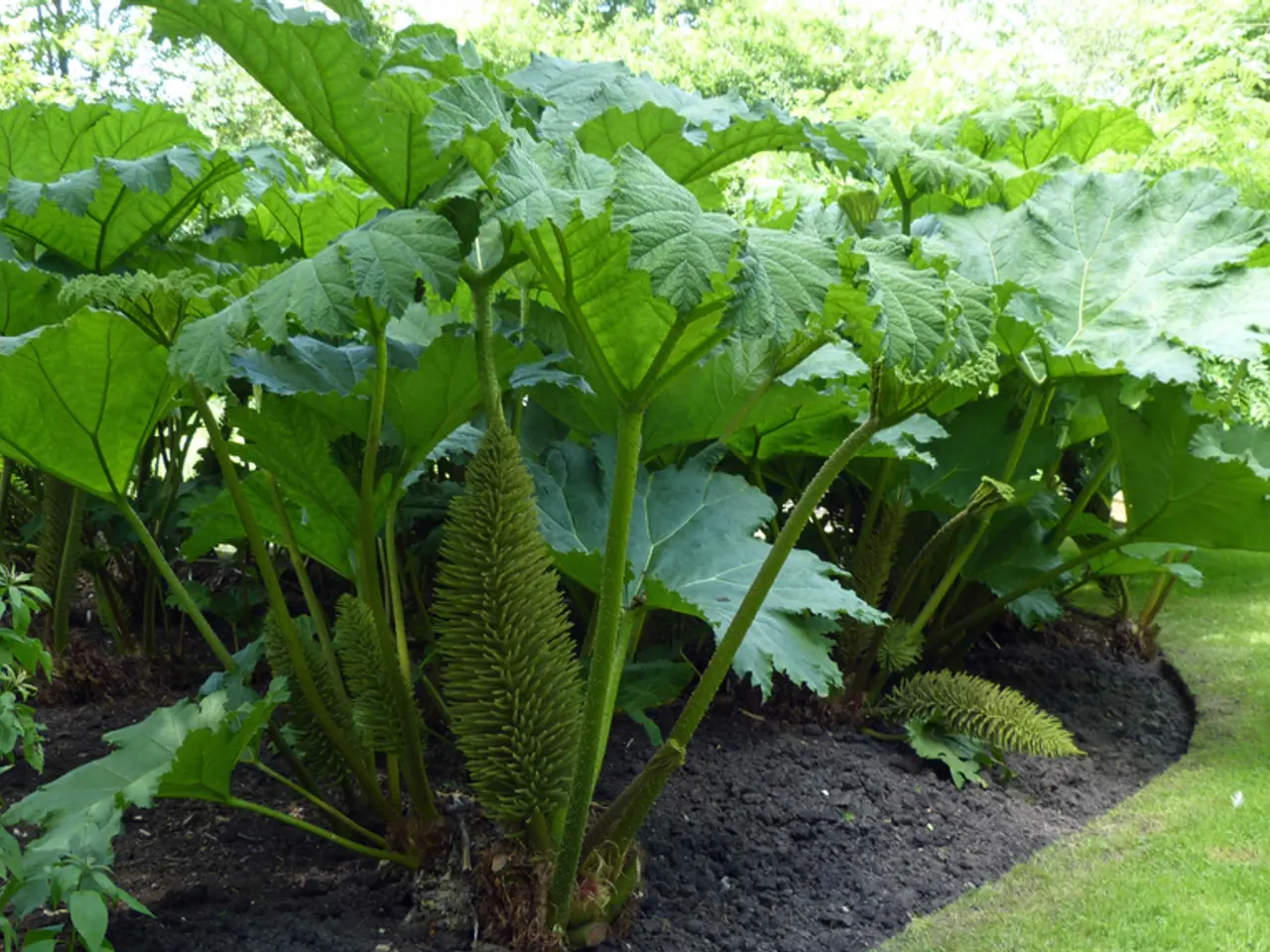Uncovering the mysteries of soil and plants: Delving into the hidden truths of the natural world
In the realm of agriculture and environmental conservation, soil and plant scientists stand as the silent guardians, tirelessly working to improve and protect our precious natural resources. Their mission is to enhance agricultural productivity while ensuring the long-term sustainability of our soils and the environment.
These dedicated professionals delve deep into the intricate world of soil, studying its properties, origin, and distribution. By understanding how soils react to different farming practices and environmental conditions, they can recommend crops and agricultural methods that optimize productivity and soil health.
One of their key responsibilities is conducting soil testing and analysis. This crucial process guides nutrient management, identifying pH imbalances, nutrient deficiencies, and soil degradation issues. With this knowledge, farmers can apply natural amendments like compost and green manure, improving yields by up to 30% while reducing input costs and environmental impact.
Soil and plant scientists also champion sustainable agriculture, supporting practices that view soil as a living ecosystem. These methods emphasize nutrient cycling, water retention, and carbon sequestration, all of which are critical for climate resilience.
Innovative technologies are also on the horizon for these scientists. Research into nanotechnology, for example, promises to improve soil's ability to sequester carbon and adapt to climate stresses such as drought and flooding. Nanomaterials can reduce greenhouse gas emissions from soils and improve nutrient availability, supporting sustainable food security efforts.
Education is another vital part of their role. Soil and plant scientists educate farmers, communities, and stakeholders about sustainable agricultural practices, providing practical recommendations to help them adopt appropriate land management practices that promote crop growth and maintain ecosystem stability.
Documentation and mapping of soil types is another important aspect of their work. This continuous research contributes to long-term soil sustainability and environmental protection, given soils' role in water filtration, habitat provision, and carbon storage.
Soil and plant scientists collaborate with environmental agencies and landowners to develop soil conservation plans, working towards a future where our soils are protected and nurtured for generations to come. In essence, they integrate research, technology, and education to advance agricultural productivity, conserve natural resources, mitigate climate change impacts, and enhance environmental sustainability.
References: [1] Soil and Plant Science Society of America. (n.d.). Our mission. Retrieved from https://www.spsa.org/about/mission [2] National Academy of Sciences, Engineering, and Medicine. (2012). Advancing the Science of Agriculture: A Vision for 2050. Washington, DC: The National Academies Press. [4] Intergovernmental Science-Policy Platform on Biodiversity and Ecosystem Services. (2019). Global assessment report on biodiversity and ecosystem services. Retrieved from https://www.ipbes.net/global-assessment
- In the realms of health-and-wellness and environmental-science, soil and plant scientists contribute significantly by utilizing science to improve soil health, recommend optimal farming practices, and promote sustainable agriculture for a healthy environment.
- Soil and plant scientists leverage the fields of nutrition and fitness-and-exercise to enhance soil productivity, facilitate nutrient cycling, and improve climate resilience, akin to exercising and eating properly for overall well-being.
- By employing cutting-edge technologies and collaborating with environmental agencies and landowners, these professionals in soil and plant science contribute to healthier soils, a more sustainable environment, and a resilient future, reflecting the holistic well-being approach in health-and-wellness and environmental-science.




